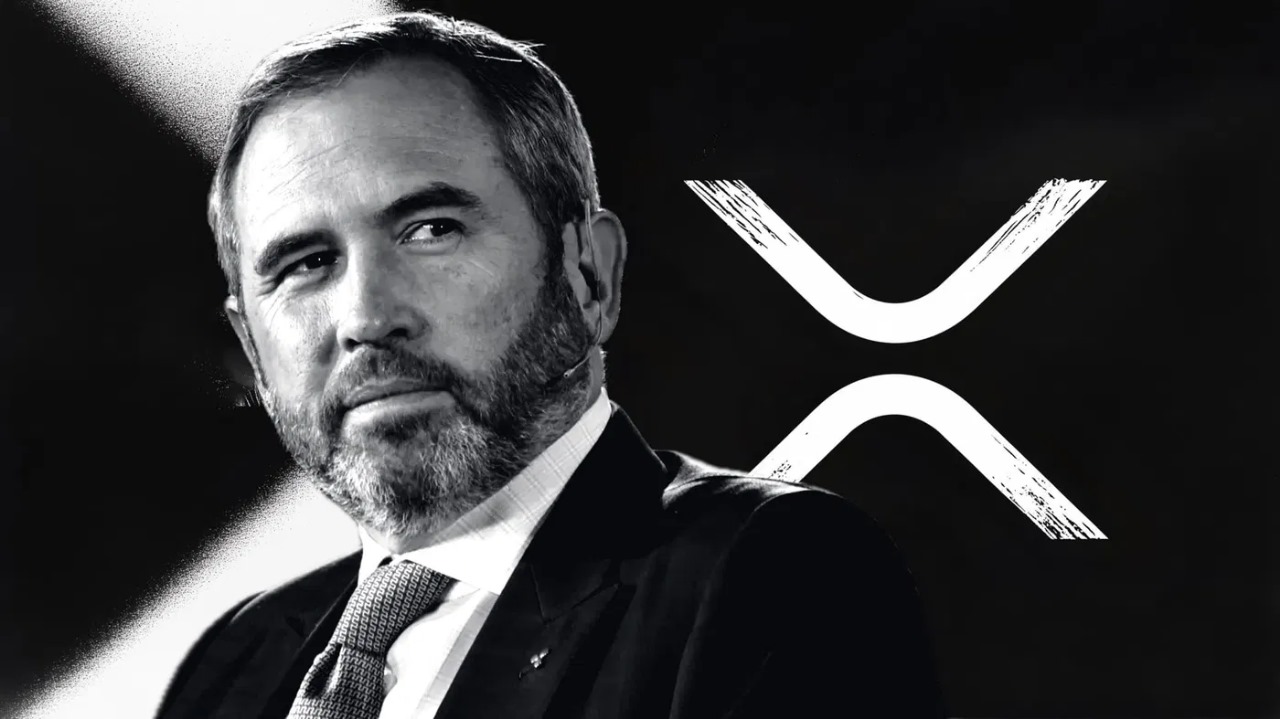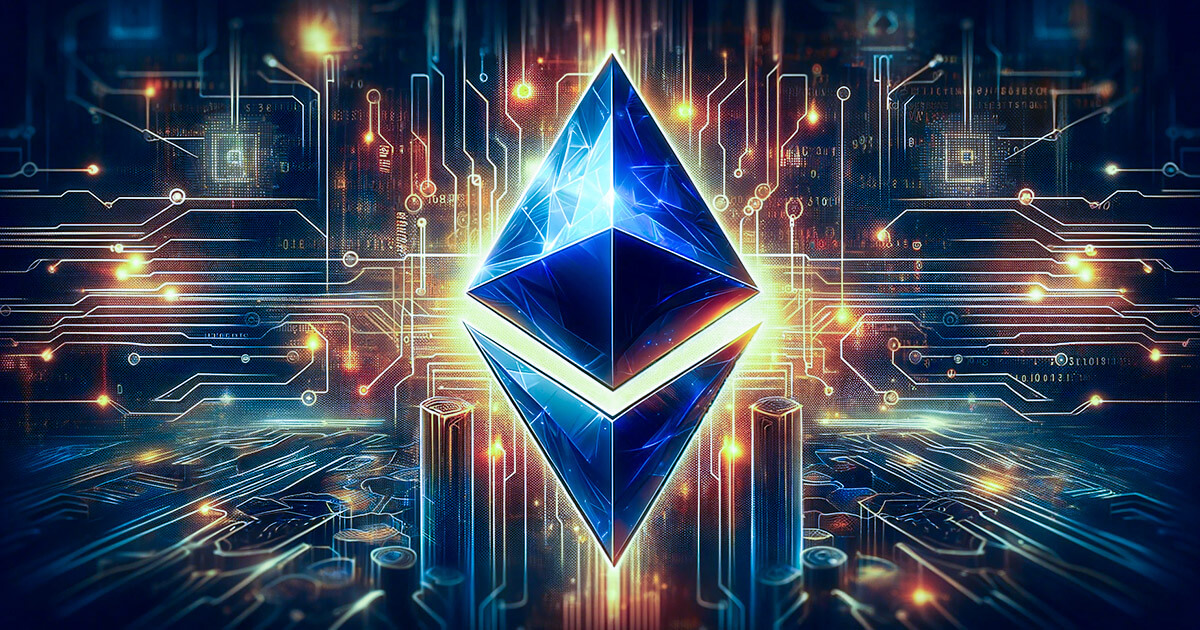OpenSea, one of the leading non-fungible token (NFT) marketplaces, has recorded its highest number of monthly users since mid-2023, driven by the completion of its platform overhaul, known as OS2.
The rollout of the revamped system has attracted renewed attention to the platform, even as overall trading volumes in the NFT market remain far below previous highs.
According to figures from Dune Analytics, OpenSea saw 467,322 active users in May 2025. This marks the platform’s strongest monthly user count in nearly two years, returning to levels last observed between mid-2022 and early 2023.
User engagement had dropped steadily during the broader decline in NFT trading activity, but the May resurgence indicates a shift in user behaviour.
Daily activity also surged. OpenSea logged 56,400 daily active users late last month, a number not seen since April 2023. This is a considerable jump from the previous months, during which daily user counts remained consistently below 25,000.
A notable spike occurred on 30 May, when the platform recorded 111,724 users. Of these, 87,601 were new users, while 24,123 were returning.
As of early June, 236,091 users had already interacted with OpenSea. If the trend holds, June could potentially surpass May’s totals. Despite this rise in user numbers, trading volume on the platform remains far below its previous peak.
In May, OpenSea handled $81 million in NFT transactions. This is a sharp contrast to the platform’s all-time high of over $5 billion in January 2022, during the height of market enthusiasm.
Still, OpenSea’s Chief Marketing Officer, Adam Hollander, believes the quality of user activity is on the rise. “We’ve seen a 40% increase in weekly unique collectors since January”, Hollander said, suggesting that more users are actively participating in the marketplace even if transaction values remain modest.
OS2 brings cross-chain trading and streamlined features
The surge in user engagement appears to align closely with the full rollout of OpenSea’s OS2 platform, which officially exited beta testing at the end of May. OS2 introduces significant updates, most notably the ability to trade across 19 blockchains.
The new system includes support for Solana-based fungible tokens, giving users expanded options for asset interactions.
Users can now conduct a variety of blockchain activities on the platform, including minting NFTs, swapping in-game tokens, and purchasing memecoins – all within a single interface.
According to Hollander, this multi-chain integration was designed to consolidate previously scattered user experiences.
“Users were already juggling half a dozen DApps and bridges. We just streamlined that experience”, Hollander explained.
The OS2 beta testing period began on 27 January 2025. Access during this phase was limited to holders of Gemesis NFTs, a set of 94,757 tokens issued by OpenSea in April 2023. The beta focused on trialling the new features now available across the entire platform.
The OS2 update also introduced a revamped reward system called “Voyages”. This programme grants users XP, or experience points, for on-chain activities. These points may play a role in qualifying users for potential future incentives.
One such incentive could be the airdrop of OpenSea’s anticipated native token, SEA. While the platform has not yet announced a specific date for the token generation event (TGE), speculation around its release continues to build.
“I know you’re all hoping I’m going to answer the question, ‘wen TGE?’” Hollander said in a recent blog post.
“There are releases and innovations coming that will surprise you. The Foundation considers it essential to have several of these in place before launching the token, ensuring utility and staying power”, he added.
NFT market sees signs of stabilisation
While OpenSea’s user growth is notable, broader market activity remains subdued when compared to the boom of 2021 and early 2022. Nonetheless, recent data shows signs of a stabilising trend across the NFT ecosystem.
According to CryptoSlam, NFT buyer participation rose by 55.08% in May, reaching 826,992 buyers. The number of sellers also increased to 257,017, up 18.12% from the previous month.
However, overall NFT transactions declined by nearly 25%, totalling 1.65 million for the month. This suggests that while more individuals are participating in the market, the average transaction frequency may be decreasing.
Ethereum continues to lead in NFT sales volume, with $30.3 million recorded in May. However, this figure includes $1.8 million in wash trading – a figure that rose by 11.33% over the previous month. Additionally, Ethereum’s NFT sales saw a decline of 15.57% in the final week of May.
Elsewhere, activity on other chains is beginning to draw attention. Polygon, in particular, has shown strong growth. Polygon-based NFTs crossed $2 billion in total historical sales volume.
Monthly sales rose steadily from $16.3 million in November 2024 to $74.7 million by May 2025. In April, Polygon briefly overtook Ethereum in weekly NFT sales, driven in part by the performance of niche marketplaces like Courtyard, which focuses on tokenising physical trading cards. Courtyard alone posted $20.7 million in sales during one week in April.
OpenSea’s cross-chain functionality now includes these growing networks, positioning it to potentially capture more market share across emerging NFT ecosystems.
The platform’s broad support for various chains may be helping attract a wider range of collectors and traders.
Sales figures across OpenSea itself have shown signs of consistency. Both April and May saw NFT sales surpass the 2 million mark, matching levels last seen in February 2023.
While these numbers remain far below the market’s historical highs, they reflect a degree of stability returning to the sector.
The ongoing upgrades and the increased user activity on OpenSea could signal the early stages of renewed interest in NFTs.
Whether this resurgence sustains itself or leads to a broader market recovery remains to be seen. For now, OpenSea’s growth offers a rare positive development in a market still recovering from its recent lows.


